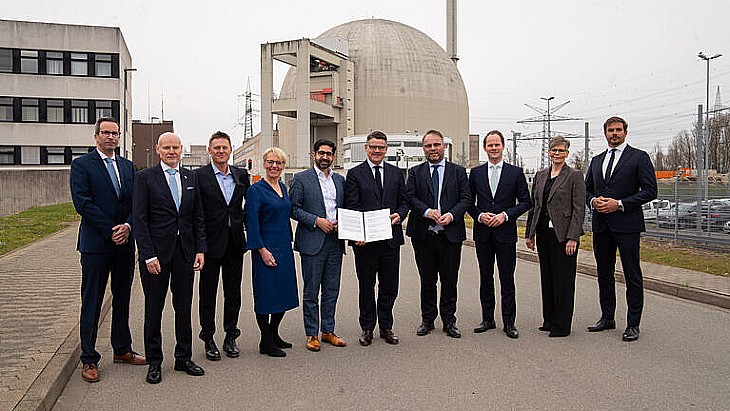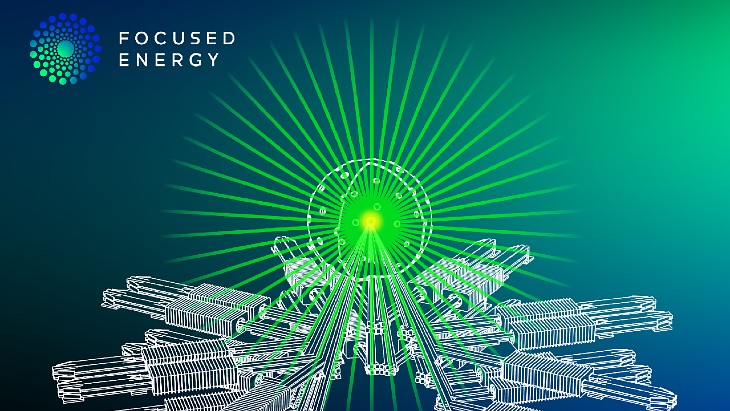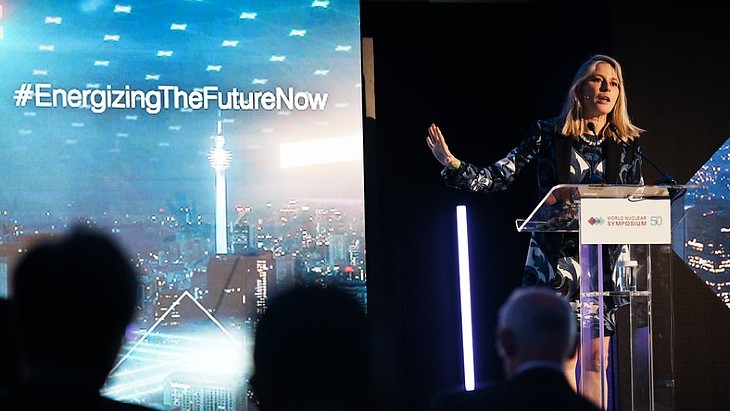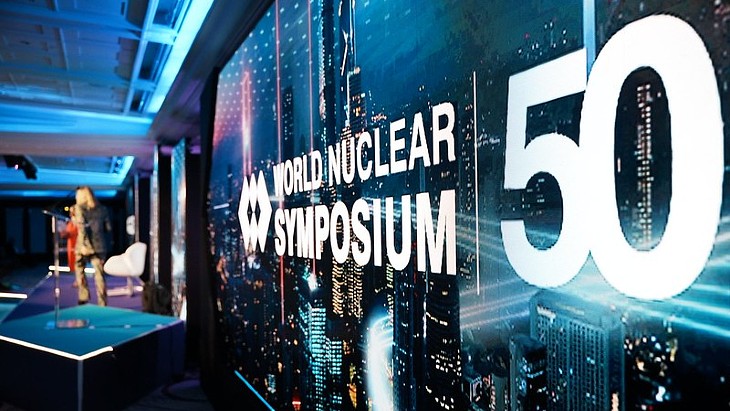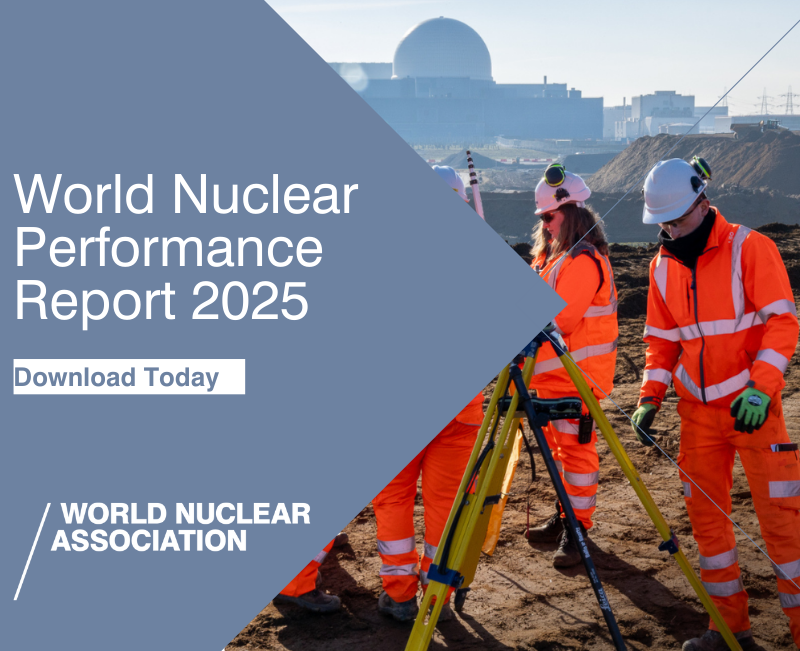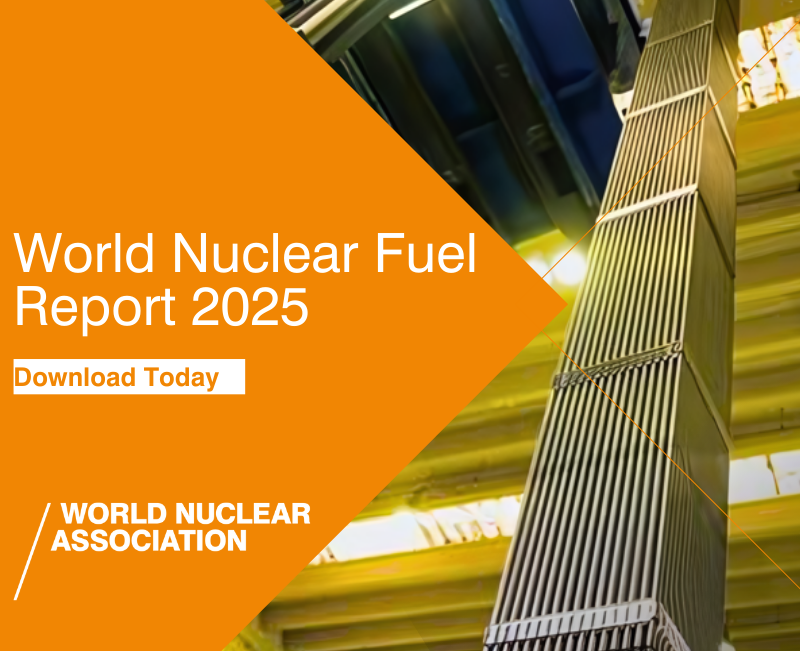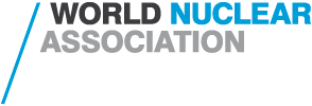Novatron Fusion Group (NFG) - the only private fusion energy company in the Nordics - is developing a magnetic mirror fusion reactor concept, targeting to create a commercially viable and cost-effective source of clean energy. NFG's roadmap includes four incremental fusion facilities from lab-scale experiment N1 to a prototype of a commercial fusion power plant N4. The company plans to construct the N2 fusion pilot plant in the Stockholm area. On the roadmap, N3 represents an industrial-scale pilot demonstrating technical feasibility of fusion energy under operational conditions. NFG is preparing to build N3 in the Nordic region during the 2030s.
NFG commissioned VTT to conduct a study that focuses on siting N3 in Denmark, Finland, Norway, or Sweden. This assessment considered national fusion strategies and regulations, technical, environmental, and societal factors, as well as stakeholder input. International experience with fusion pilot plant siting was reviewed as a reference. During the project, a set of preliminary screening criteria was developed and applied using geospatial data to map suitable areas and locations for the N3 plant. The aim was to identify promising sites for further evaluation, which will involve more detailed criteria and collaboration with local stakeholders, regulators, landowners, technical experts, and investors.
Based on the study, the most promising regions (primary focus areas) for the pilot fusion reactor are: the Helsinki metropolitan area in Finland; the area between Stockholm and Nyköping in Sweden; and the Copenhagen-Malmö corridor spanning Denmark and Sweden. In addition, the study identified approximately ten secondary focus areas that represent all four countries.
The most promising locations for a fusion reactor are found in existing industrial zones with strong transport connections, noted Markus Airila, Research Team Leader at VTT. "Proximity to ports, heavy-load land transport links and access to research hubs are key features of the most suitable locations," he said.
"All primary focus areas are currently hosting relatively strong technology hubs with nuclear and fusion expertise and are characterised by favourable logistical conditions," the study says. "The ranking of these areas in the presented order is based on the regulatory readiness of each country."
When comparing the regulatory environments in each country, the study found that Finnish legislation is the most advanced, followed closely by that of Sweden. Finland is in the process of renewing its Nuclear Energy Act, which will streamline the licensing process and reduce barriers for pilot fusion sites. The changes are expected to become effective in 2027. Sweden has an established nuclear legislation that explicitly includes fusion reactors. However, the regulation is still subject to comprehensive, fission-focused requirements. Denmark and Norway operate under older nuclear regulations with no specific mentions of fusion energy, resulting in some political and procedural uncertainty.
The next phase of the project will involve detailed, site-specific investigations in cooperation with interested Nordic stakeholders and industrial partners. This stage will refine potential sites based on land ownership, local engagement and technical feasibility.
"The report provides a basis for subsequent, more detailed site-specific investigations in selected locations and serves as a reference for future regional analyses for similar projects," VTT said.
"VTT has done an excellent job delivering a thorough report that provides us with a clear and actionable roadmap to move from concept to construction," said Novatron Fusion Group CEO Peter Roos. "Cross-border collaboration, legislative reforms and the development of fusion strategies will be key to accelerating a fusion ecosystem in the Nordic region."
Energy company St1 Nordic Oy announced earlier this that it has invested EUR13 million (USD15 million) in NFG to support the energy transition in the Nordics.
"Novatron Fusion Group is driving a breakthrough in clean energy, and we're proud to support that momentum with a long-term commitment," said Henrikki Talvitie, CEO of St1. "The insights from this report highlight the Nordic region's opportunities in the global fusion development race. We're excited to contribute to the advancement of secure, fossil-free energy and to help shape a collaborative fusion ecosystem across the Nordic borders."

_68238.jpg)



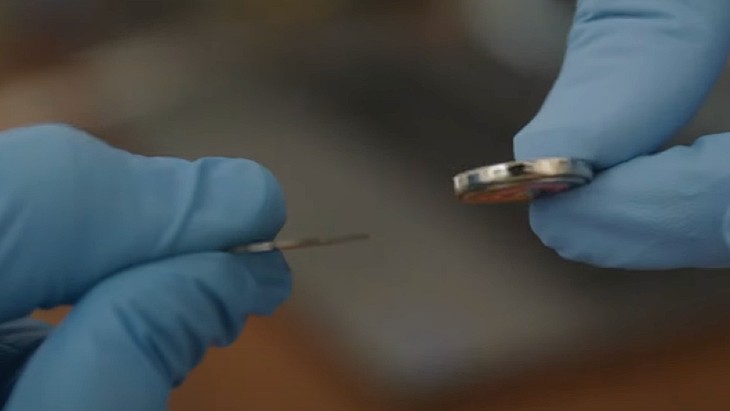
_56455.jpg)
